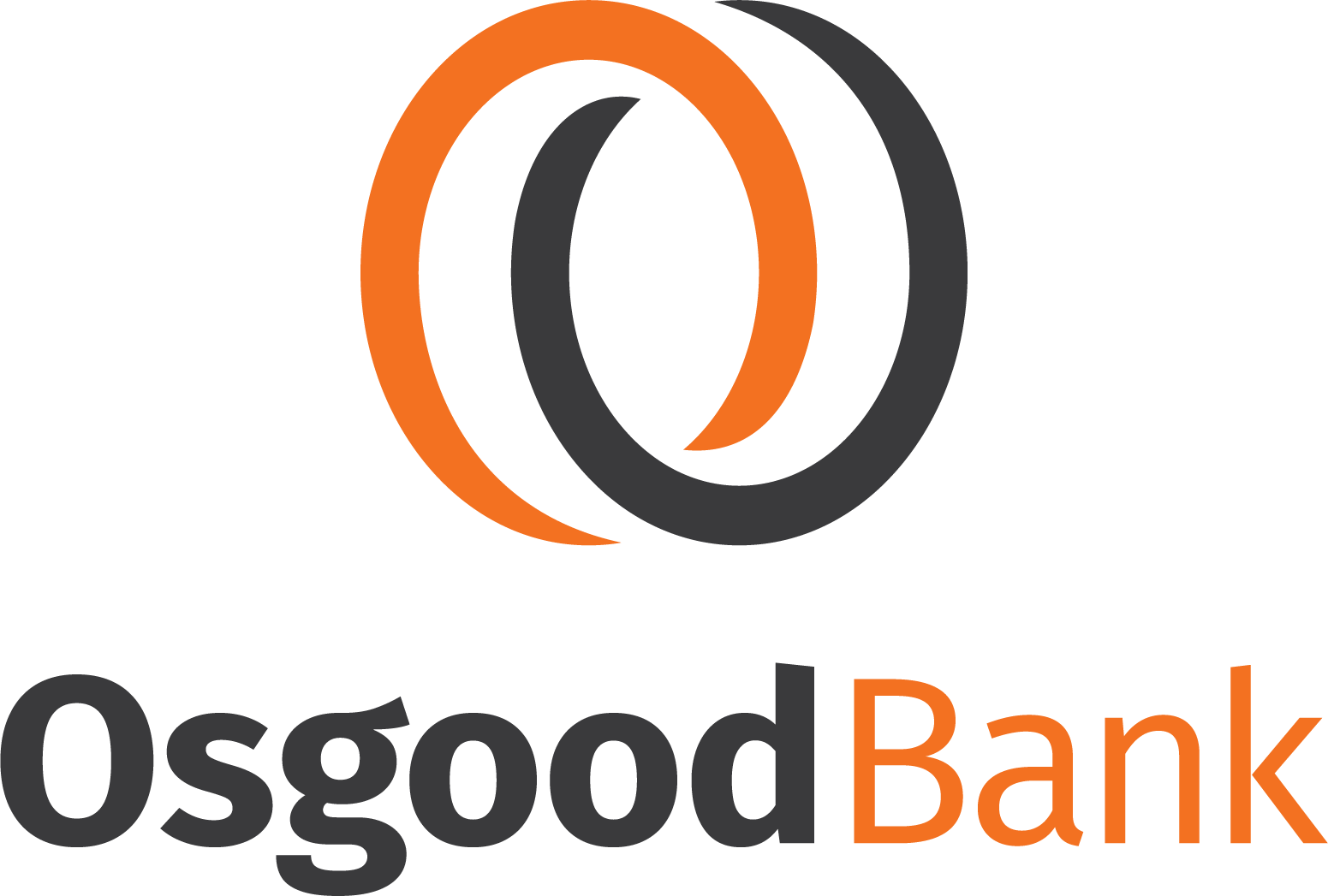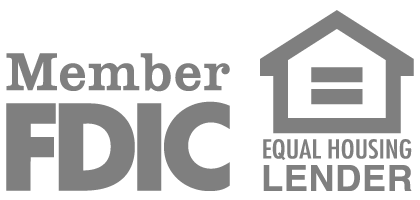Adding payees is a snap and you only have to do it once. No more writing checks or remembering a bunch of different passwords.
See your payment history and always know who is getting paid and when. You can even elect to receive confirmation emails.
Decide when and how paying bills works best for you. Download the Osgood Bank mobile app to schedule payments right from your mobile device.
Once you set up the companies or people you want to pay, you choose the payment dates for your bills.
Depending on the recipient, our Bill Pay partner will pay your bill through electronic funds transfer (ACH) or mail a paper check.
Bill pay services must be turned on in online banking before you can use them in the Osgood Bank mobile app.
Gather your bills, including account numbers and the address where payments should be mailed.
For initial setup, log into your online banking account using the internet browser on your computer or smart phone. Once your payees are set up in the browser, you can manage your payments via the Osgood Bank mobile app.
Click "Create Transaction" then "Bill Pay".
Enter each biller's information, choose when to send your payment, and select recurring or one-time payment.
Pay bills individually or save time by paying multiple bills at once. We'll send the payments as you wish and confirm with an email so you know it's taken care of.
You can pay almost any company or individual in the U.S. You can:
Set up automatic payments for recurring bills — like mortgage or cable TV.
Make one-time payments for bills that differ each month — like the phone or utility bill.
Pay individuals or other businesses that don't accept electronic payments. In these instances, bill pay will mail a check.
You can schedule a Bill Pay payment up to one year in advance, and a least two to five business days before your payment due date.
The minimum number of days varies by payee. When you're scheduling payments, look below the Send On date to see how many days to allow for delivery. Sometimes we may need to mail a paper check because the payee cannot accept electronic payments.
If you have insufficient funds in your account at the time the payment is processed, the bank will need to determine whether to pay or return the item. In most cases, this will involve reaching out to you to determine the best course of action. Bill Pay payments that overdraw your account may be subject to NSF fees.
You must schedule your payment in advance of the payment due date. There will be a delay between the Payment Send On date (the date your payment starts processing) and the date the payee receives your payment. Schedule the payment in accordance with the payment rules displayed on the Make Payment screens.
Check payments: Payment Send On date must be at least five business days before the date your payment is due to the payee. Paper checks are taking over 5 days to reach their destination. You may want to send any check payments earlier to avoid a late fee.
Electronic payments: Payment Send On date must be at least two business days before the date your payment is due to the payee.
For scheduling purposes, you should count the first business day after your scheduled Payment Send On date as day one.
For electronic payments, usually it’s the date that you schedule to pay the bill, although there may be a slight lag depending on payees processing procedure . For Bill Pay payments made by paper check, it’s whenever the payee deposits the check at their financial institution (just like a traditional paper check you'd write personally from your checkbook).


Careers
Osgood Foundation
Disclosures
Privacy Policy
Accessibility Statement
Routing Number: #042212568
If you use links provided on the Osgood Bank website that redirect to a third party website, you are acknowledging that you are leaving www.osgoodbank.com and are going to a website that is not operated by Osgood Bank. Osgood Bank is not responsible for the content or availability of linked sites. Osgood Bank does not represent either the third party or the visitor if a transaction is entered. In addition, privacy and security policies may differ from those at Osgood Bank.